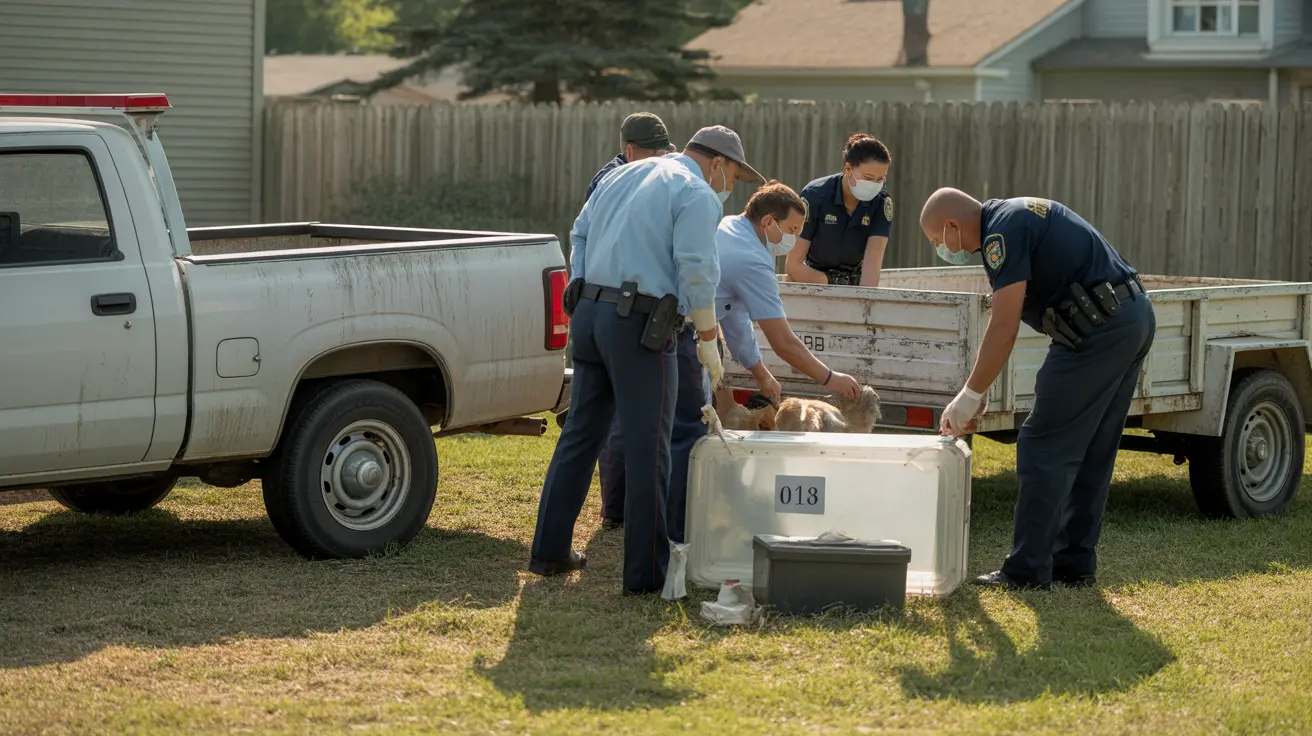Understanding the Difference Between Dog Strollers and Wagons
Choosing between a dog stroller and a dog wagon depends significantly on your pet’s size, mobility issues, and your lifestyle. Both provide safe, convenient ways to take your pet with you, whether for a walk in the city or an outdoor adventure. Let's explore their key differences, advantages, and how to choose the one that suits your needs.
Dog Strollers: Compact Comfort for Urban Living
Dog strollers are optimal for small to medium-sized pets. They feature an enclosed cabin that protects your pet from urban dangers, unpredictable weather, and offers a cozy space.
- Safety and Security: Enclosure with mesh panels provides protection and ventilation.
- Portability: Many models are foldable, lightweight, and ideal for public transport or travel.
- Integrated Features: Include safety leashes, cup holders, and storage bins.
- Comfort: Often padded inside, some even offer orthopedic mattresses.
- Maneuverability: Smaller, swiveling wheels enhance ease of movement in tight urban environments.
Dog Wagons: Spacious Mobility for Larger Pets
A dog wagon is generally chosen for larger breeds or pets with serious mobility issues. They have an open, low-entry design that makes access easy and provides plenty of room for your dog to relax.
- Roomy Design: Great for deep-chested breeds, or for lying down comfortably.
- Accessibility: Low chassis and optional ramps minimize strain on arthritic joints.
- Durability: Built with sturdy wheels and frames for uneven or rugged terrain.
- Versatility: Excellent for hikes, beach days, or trips to the park where terrain may not be stroller-friendly.
Key Factors to Consider When Choosing Between a Stroller and a Wagon
- Type of Terrain: City sidewalks favor strollers; trails and beaches require wagons.
- Pet's Size and Weight: Measure your pet both lying down and seated to ensure a good fit.
- Health and Mobility: For pets with joint degenerative diseases or recovering from surgery, wagons offer easier access.
- Storage and Portability: Evaluate how easy the device is to store and transport.
- Safety Features: Prioritize secure harness attachments and reliable braking systems.
- Ride Comfort: Suspension, padding, and ventilation all contribute to a more pleasant experience for your pet.
Specialized Options for Different Needs
Some models combine features of multiple devices like **stroller-carrier-car seat hybrids** for maximum flexibility during travel. **Bike trailers** also exist for active pet parents. For frequent travelers, **lightweight or bag-style strollers** offer enhanced portability while still being pet-safe.
Not Just for Dogs
While often marketed for dogs, both wagons and strollers can also accommodate **cats**, **rabbits**, and even other small animals. However, cats—being naturally more anxious—generally fare better in enclosed stroller cabins for added security.
Why Use Pet Mobility Aids?
As pets age or face illness, they may struggle to keep up on traditional walks. Mobility aids enable them to stay involved in family activities and maintain a higher quality of life by:
- Minimizing Joint Strain: Important for senior or recovering pets.
- Offering Rest: Useful during long excursions when pets need breaks.
- Providing Protection: Shields your pet from overly hot surfaces, crowded places, or harsh weather.
Conclusion
Dog strollers and wagons serve similar purposes but are tailored to very different needs. If you frequently navigate crowded, urban areas with a small pet, a stroller is likely ideal. For outings in nature or with a large, mobility-challenged pet, a durable wagon provides the space and accessibility they need. When choosing, always prioritize your pet’s comfort, safety, and the practicality for your lifestyle.





